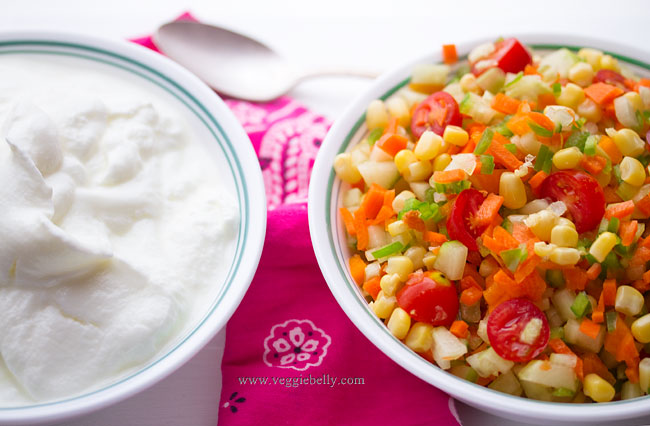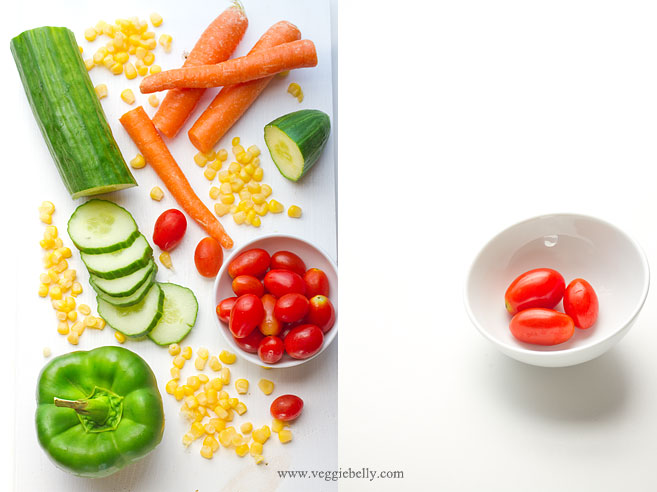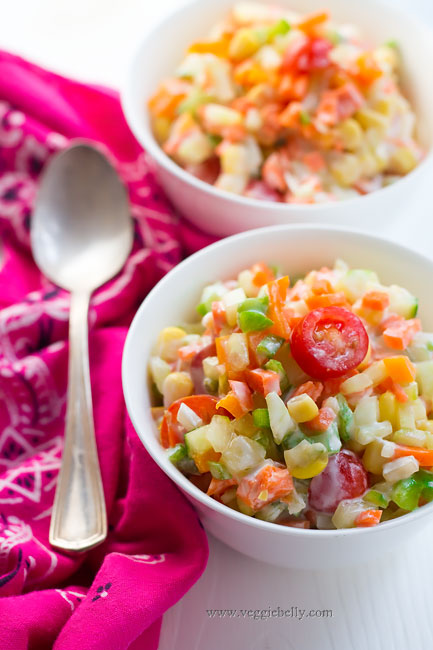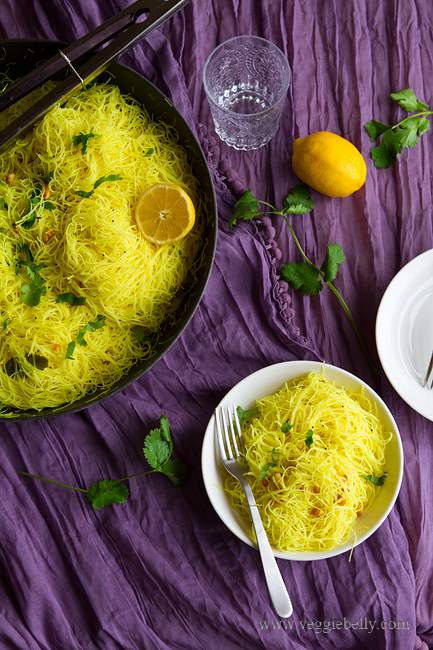 I love rice noodles in any form and this lemony rice noodles recipe is one of my quick and easy favorites. In India we make a similar dish using fresh string hoppers (rice noodles) called lemon idiappam. I use store bought dry rice noodles (also called rice sticks or rice vermicelli) as a shortcut. The rice noodles only need a quick soaking in hot water. And while the noodles are soaking you can prepare the tadka (tempered spices). So you can make this dish in just 10 minutes.
I love rice noodles in any form and this lemony rice noodles recipe is one of my quick and easy favorites. In India we make a similar dish using fresh string hoppers (rice noodles) called lemon idiappam. I use store bought dry rice noodles (also called rice sticks or rice vermicelli) as a shortcut. The rice noodles only need a quick soaking in hot water. And while the noodles are soaking you can prepare the tadka (tempered spices). So you can make this dish in just 10 minutes.
You can find rice noodles in the Asian aisle of the grocery store, or at Asian markets where there is usually more variety and brands. Make sure the only ingredient listed on the packet is rice or rice flour. Some brands will list water and salt, besides the rice as ingredients and thats ok.

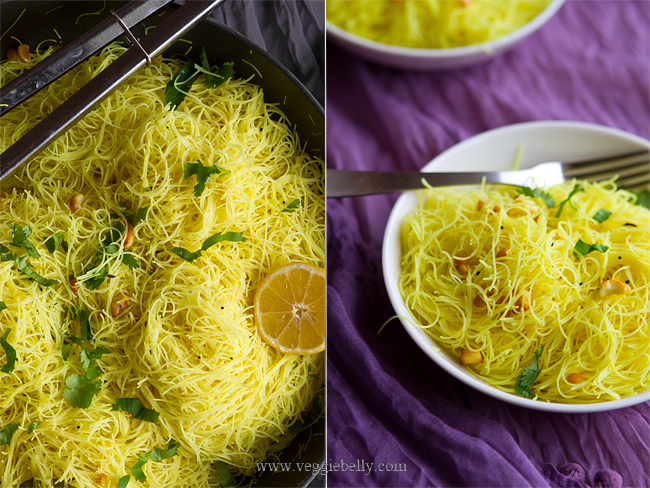 The seasoning for these lemon rice noodles is simple and easy. Its the standard Indian “tadka” – a tempering of whole spices in oil. I then add freshly squeezed lemon juice and turmeric to the tadka before throwing in the rice noodles.
The seasoning for these lemon rice noodles is simple and easy. Its the standard Indian “tadka” – a tempering of whole spices in oil. I then add freshly squeezed lemon juice and turmeric to the tadka before throwing in the rice noodles.
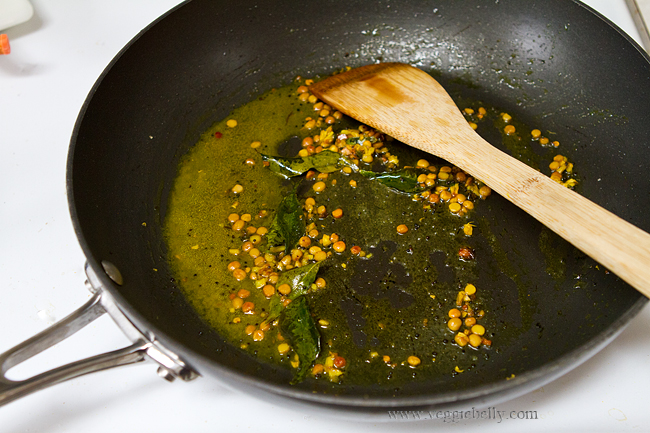 This is a crowd pleasing recipe, easy to make, and keeps well so you can take it for pot lucks and picnics. Kids will also love it. Serve it with a simple coconut chutney, pumpkin spinach curry, or my cashew nut curry. Make it a complete meal by throwing in some steamed broccoli or sautéed vegetables on top of the noodles.
This is a crowd pleasing recipe, easy to make, and keeps well so you can take it for pot lucks and picnics. Kids will also love it. Serve it with a simple coconut chutney, pumpkin spinach curry, or my cashew nut curry. Make it a complete meal by throwing in some steamed broccoli or sautéed vegetables on top of the noodles.
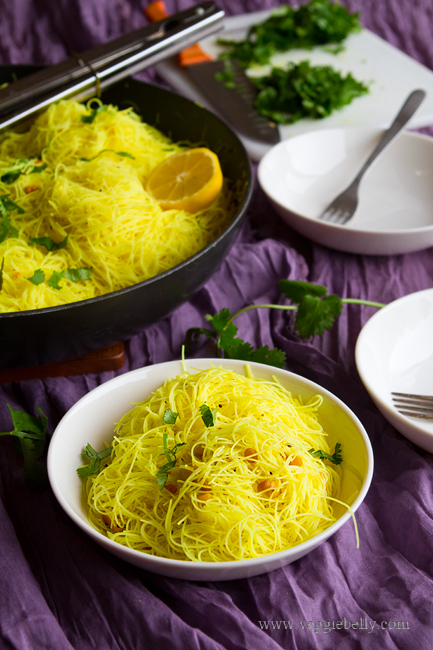
Lemony Rice Noodles (Lemon Idiappam) Recipe
serves about 4
Ingredients
8 oz rice sticks
1 tablespoon oil
1/4 teaspoon black mustard seeds, optional
1/4 teaspoon cumin seeds
1 tablespoons chana dal, optional.
1 tablespoon cashewnuts
1 tablespoon minced ginger
1 green chili slit. Use more if you like it hot.
6 curry leaves
a pinch of asafoetida, optional
1/4 teaspoon turmeric
2 tablespoons fresh lemon juice
1/2 teaspoon lemon zest, optional
2 tablespoons finely chopped cilantro
Method
1. Soak the rice noodles according to package directions. Drain and set aside.
2. Heat a large wok with the oil. Add the mustard seeds if using. When they pop, add the cumin seeds, chana dal, cashew nuts, ginger, chili, curry leaves and asaf0etida. Stir on medium-low heat till fragrant and the chana dal and cashews are golden.
3. Add turmeric, lemon juice, salt and 1 tablespoons water. Bring to a boil.
4. Immediately dd the soaked rice noodles to the wok. Using tongs, gently toss till everything is well combined. Mix in the lemon zest if using. Garnish with cilantro.
Serve hot with Sri Lankan Cashew curry, pumpkin curry or just on its own.

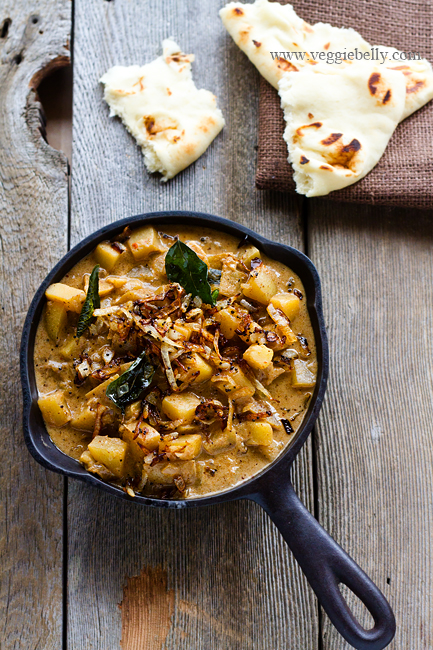


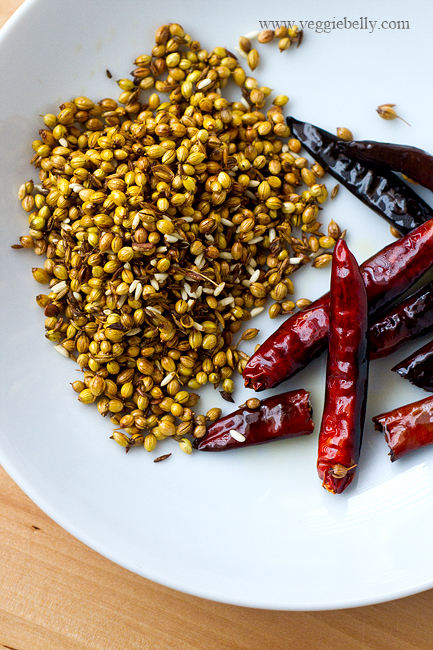
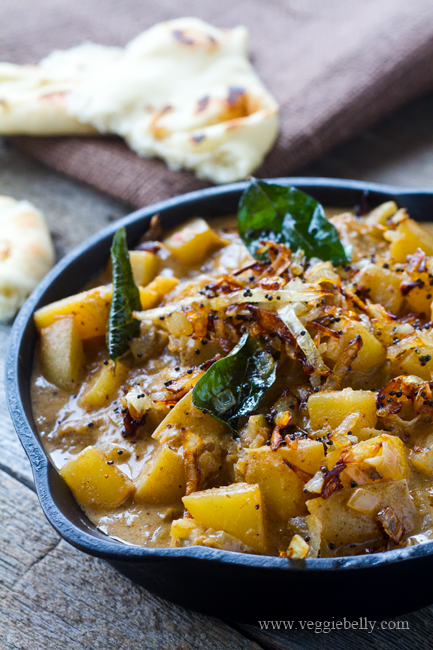
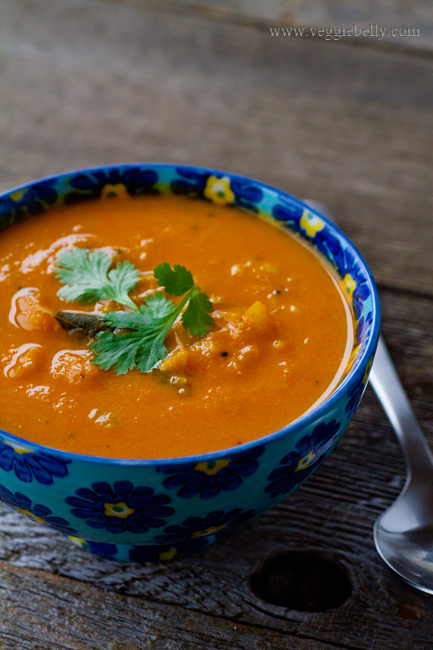
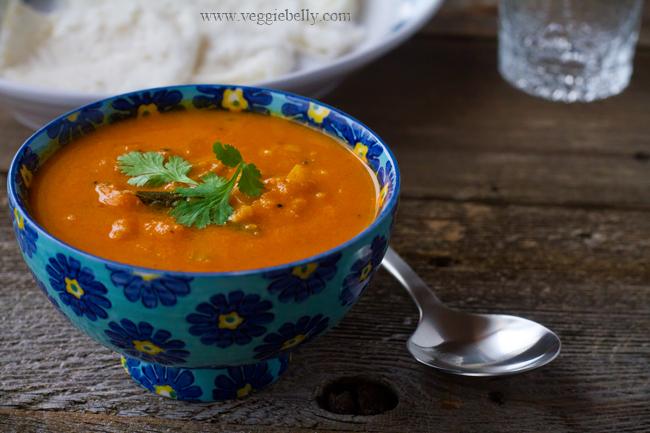



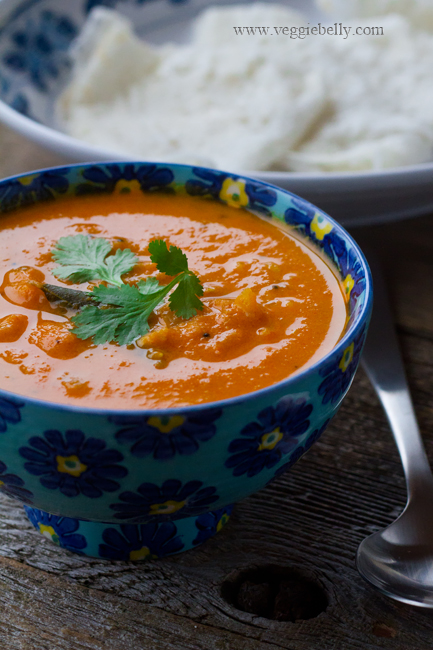
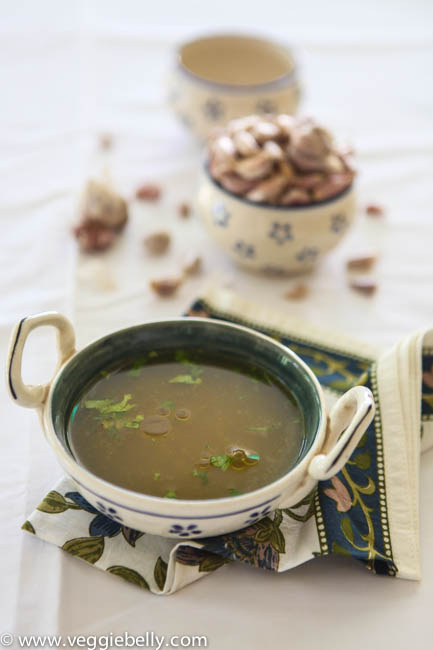
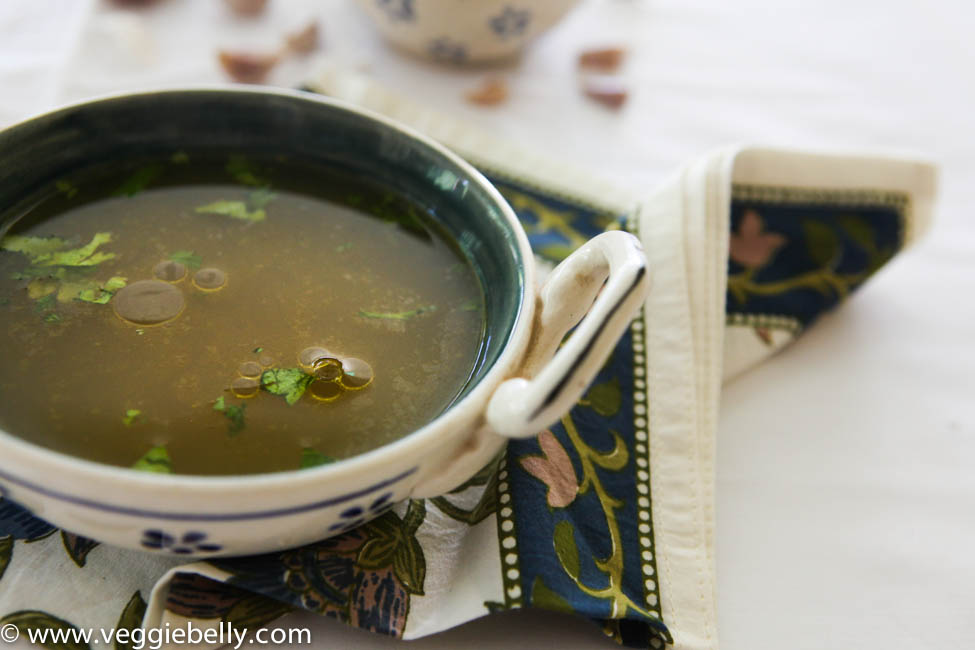
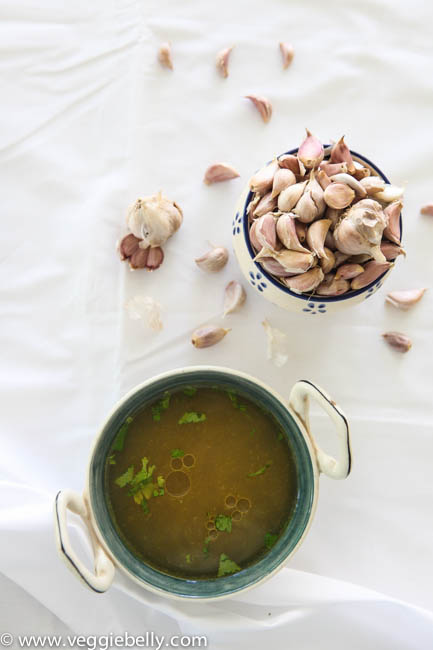
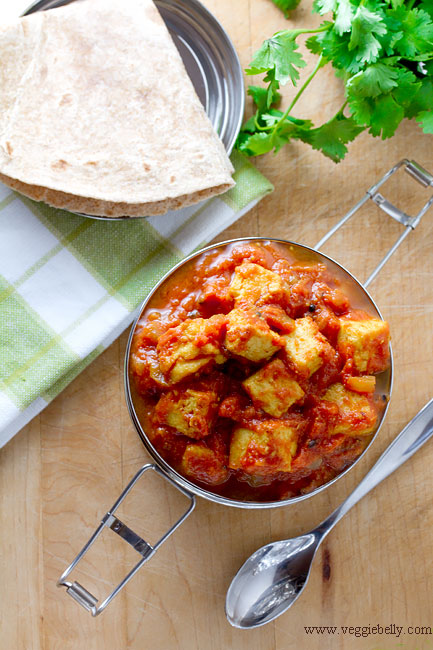
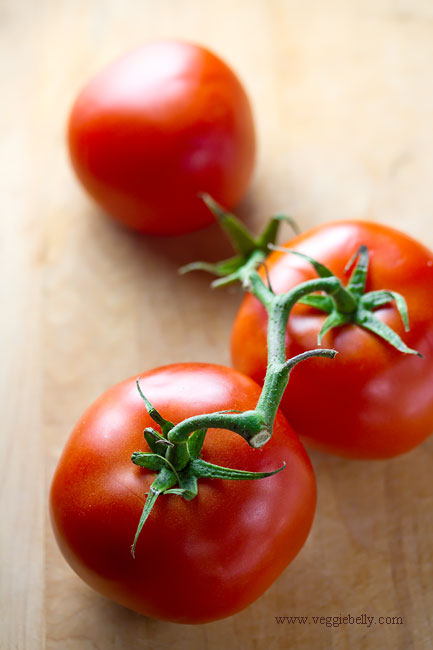
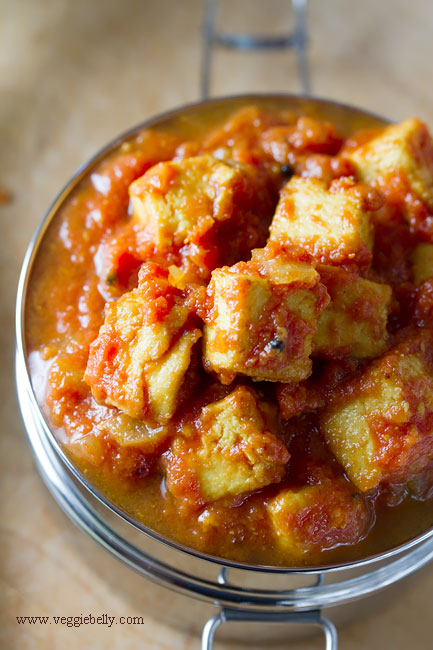
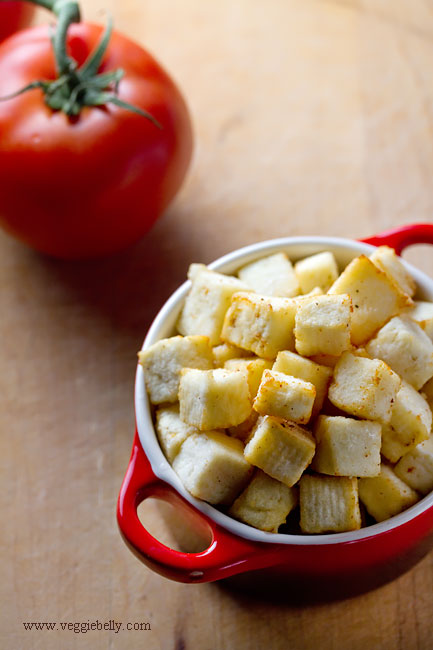
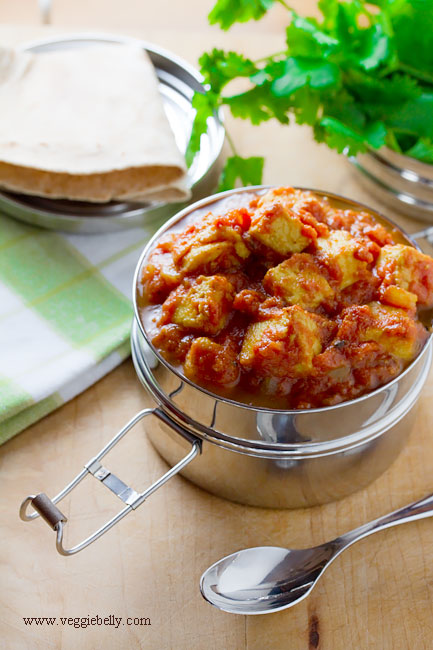
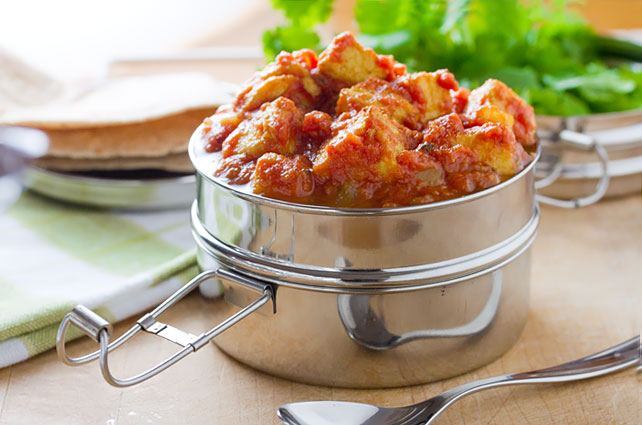
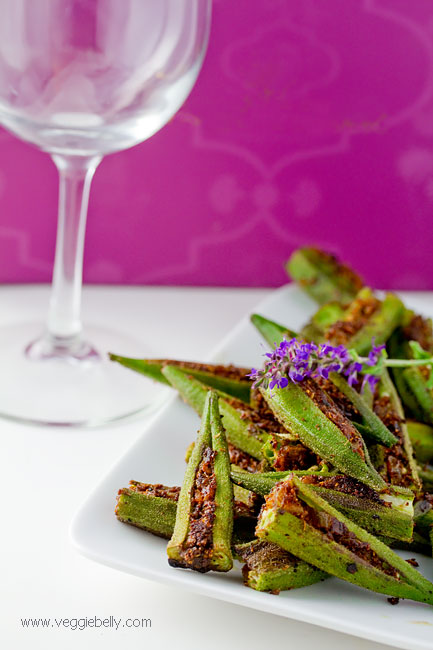

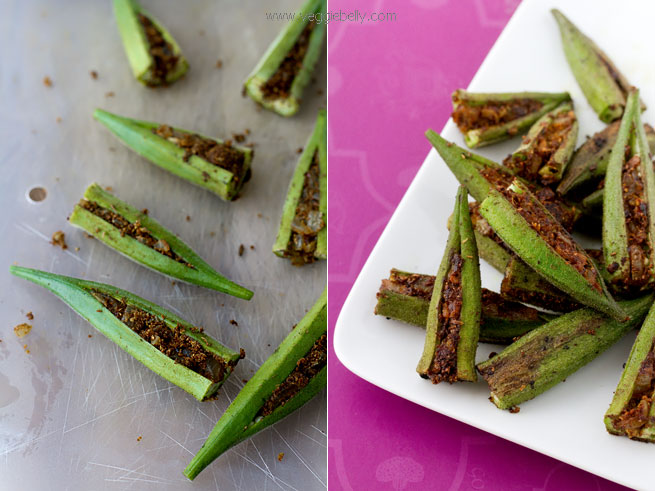


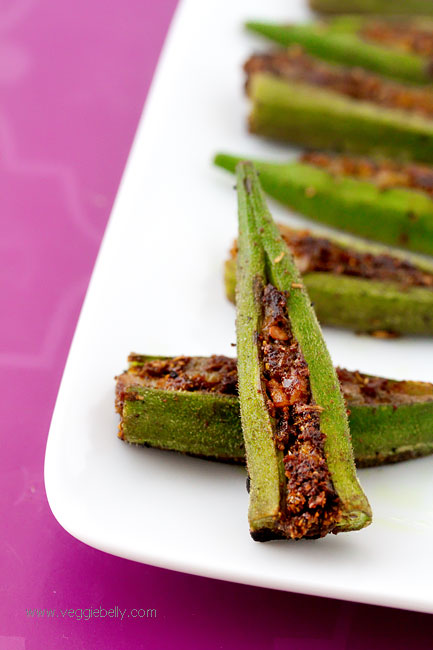
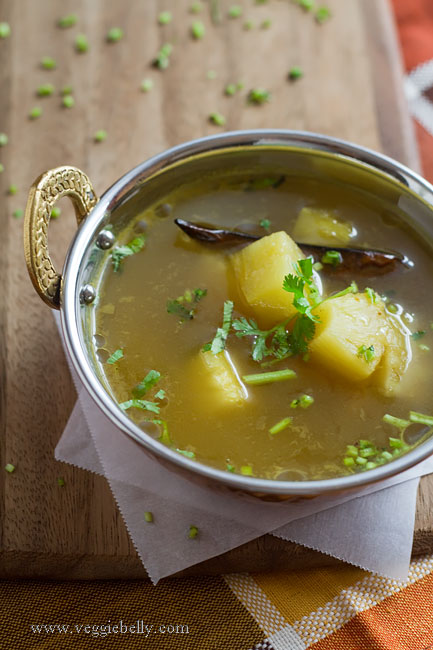
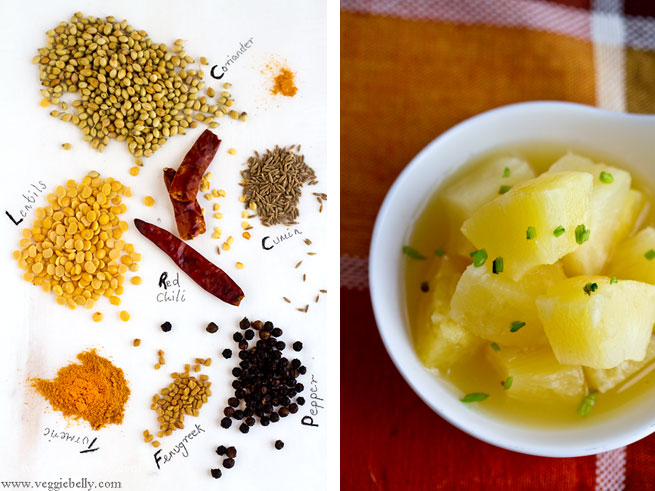
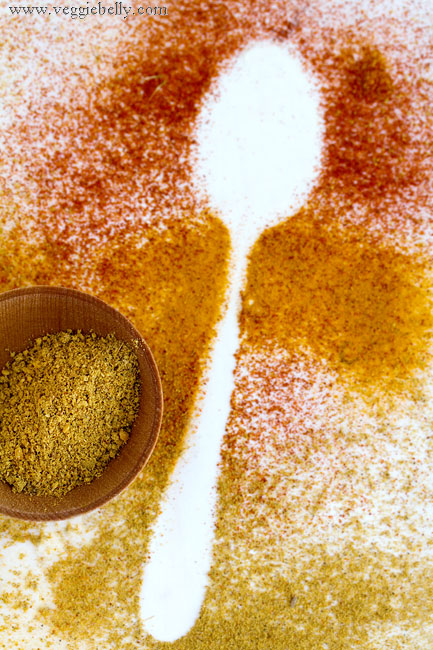
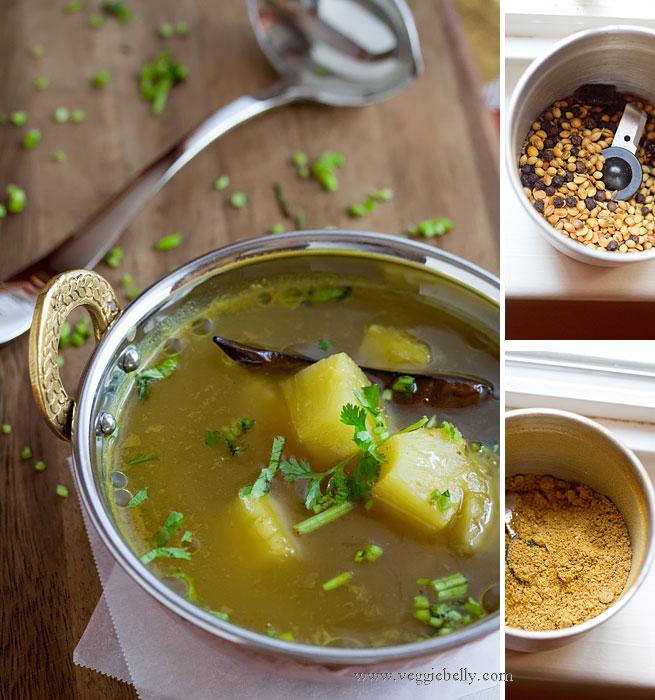
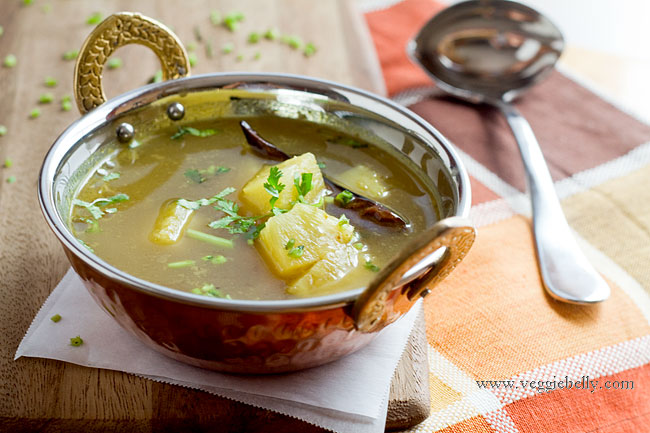
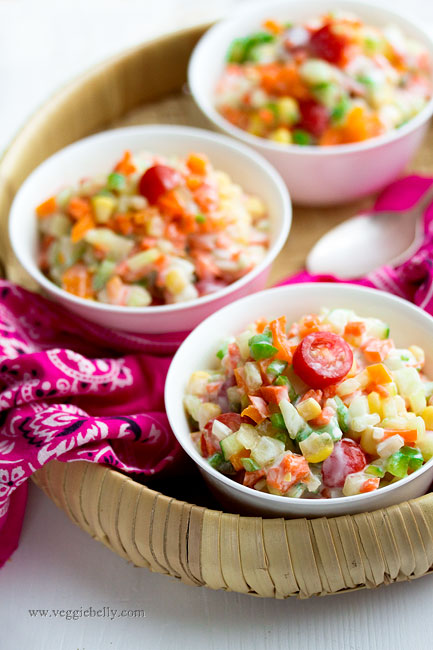
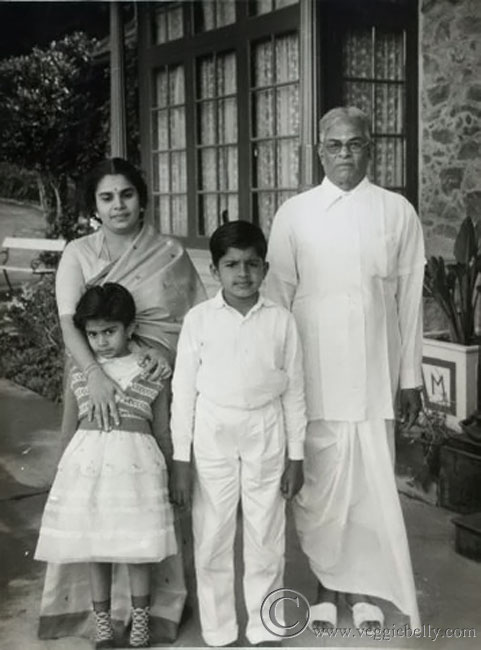 My grandmother (the non-cooking one!), grandfather, father and aunt. Late 1950s
My grandmother (the non-cooking one!), grandfather, father and aunt. Late 1950s